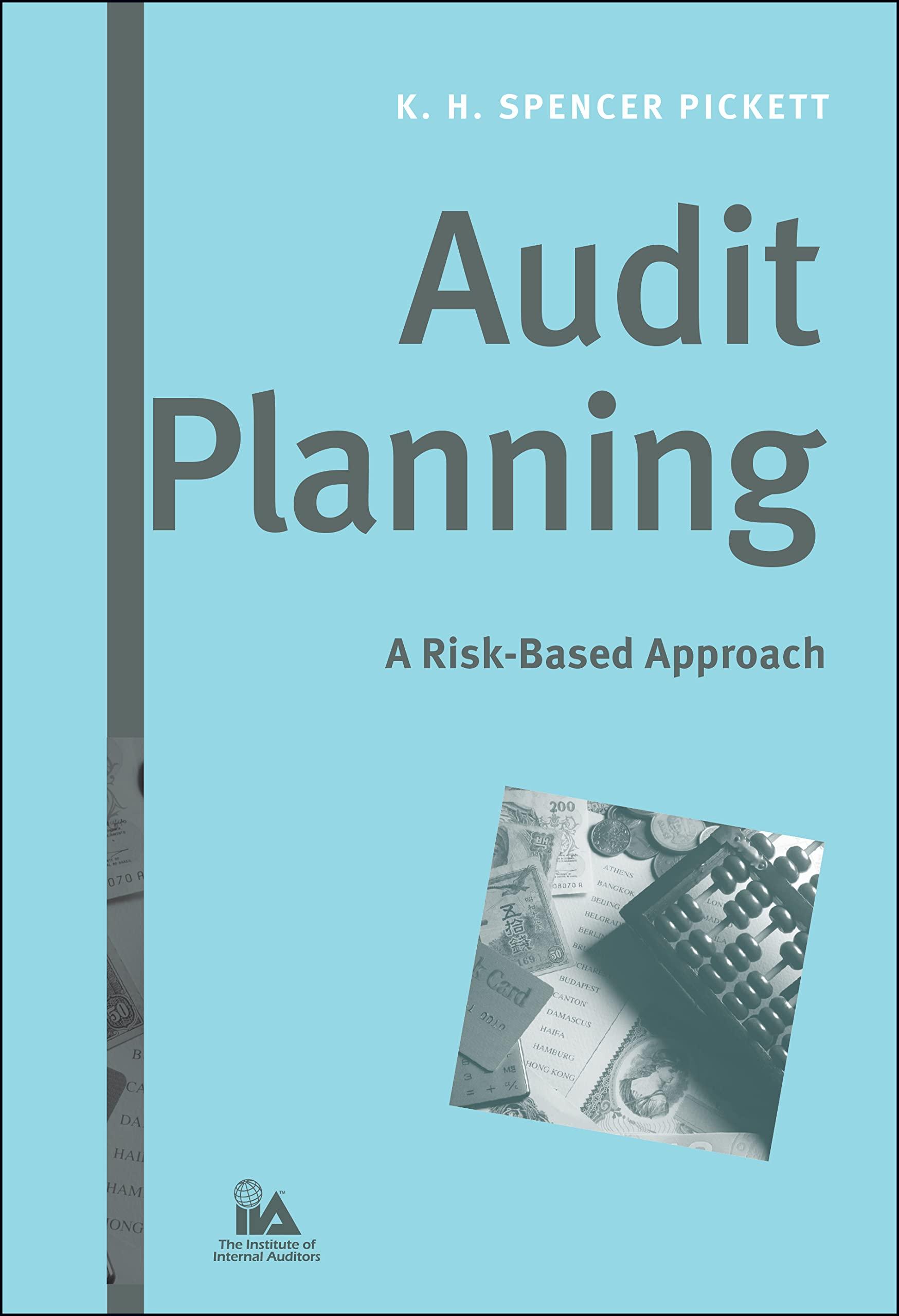Question
Q1.1 Which of the following reasons best explains why an increasing number of firms are delisting and being bought out by private equity? a. Managers
Q1.1 Which of the following reasons best explains why an increasing number of firms are delisting and being bought out by private equity? a. Managers of listed firms are always paid higher compensation b. The lack of separation between ownership and control is likely to reduce moral hazard costs upon being bought out by private equity c. Managers of private equity firms always know more information than capital market investors d. Firms under a private equity ownership structure earn higher returns than publicly listed firms
Q1.2 Selected financial information for Bruce Corporation is as follows. NOA turnover is 3. NOPAT margin is 7%. Leverage ratio (average NFO to average common equity) is 1.667 and the spread is 8.4%. Based on an analysis of the components of ROCE what is the leverage advantage component of ROCE that is accruing to ordinary shareholders a. 21% b. 35% c. 8.4% d. 14% e. None of the above is correct Answer:
Q1.3 ABC Ltd's factory equipment has an initial cost of $100,000. It's current carrying amount is $20,000. The equipment contributes equally to the profitability of the company over its useful life. What bias is this likely to cause on ABC Ltd's current Return on Equity (ROE)? a. ROE is biased upwards b. ROE is biased downwards c. There is no bias caused in ROE d. There is insufficient information available to tell if ROE is biased Answer:
Q1.4 FAT Ltd announced $1 million of positive unexpected earnings news, due to a new customer contract. On the same day, XYZ Ltd announced $1 million of positive unexpected earnings news, due to the implementation of AASB 16 - Leases. Assume no significant economy-wide events affecting share prices occurred on this day. Which firm would be expected to see a greater change in share price on this day? a. XYZ Ltd b. FAT Ltd c. Both firms should see the same change in share price d. There is insufficient information to know which share price will see a greater change Answer:
Q1.5 VAL Ltd's ROCE falls from 6% in 2019, to 4% in 2020. Which of the following reason may best explains why this change has occurred? a. The firm issued new debt, with an interest rate greater than the Return on Net Operating Assets b. VAL Ltd initiated a share buyback program in 2020 c. The firm refinanced existing debt obligations in 2020, meaning the average interest rate it pays has fallen d. VAL Ltd invested in financial assets in 2020 which generated an 8% return Answer:
Q1.6 Which set of parameters are to be used to perform an unlevered residual income valuation? a. Net Profit after Tax, Weighted Average Cost of Capital (WACC), and book value of Equity b. Net Operating Profit after Tax, Weighted Average Cost of Capital (WACC), and book value of Net Operating Assets c. Net Profit after Tax, cost of equity capital, and book value of Equity d. Operating Free Cash Flow, Weighted Average Cost of Capital (WACC) and the book value of Net Operating Assets Answer:
Q1.7 Which of the following best describes equity valuation? a. Equity valuation is precise and objective. b. In an inefficient market the accuracy of an equity valuation can be measured by how closely the value reflects the current market price. c. Equity valuation is subjective and there is no fixed approach to developing valuation inputs. d. In practise, all valuation approaches will result in an identical valuation per share. Answer:
Q1.8 Selected financial information from Synetx Corporation is as follows. NOA turnover is 2. NOPAT margin equals 5%. Leverage ratio (average NFO/average common equity) is 1.786, and the spread is 4.4%. The return on common equity of Synetx is: a. 16.78% b. 14.40% c. 10.00% d. 17.86% e. None of the above is correct Answer:
1.9 Which of Q the following are potential effects of providing executives with stock options? a. Incentives to reduce the stock price. b. Incentives to reduce the stock price and to decrease stock volatility. c. Incentives to increase the stock price. d. Incentives to increase the stock price and to increase stock volatility.
Step by Step Solution
There are 3 Steps involved in it
Step: 1

Get Instant Access to Expert-Tailored Solutions
See step-by-step solutions with expert insights and AI powered tools for academic success
Step: 2

Step: 3

Ace Your Homework with AI
Get the answers you need in no time with our AI-driven, step-by-step assistance
Get Started


